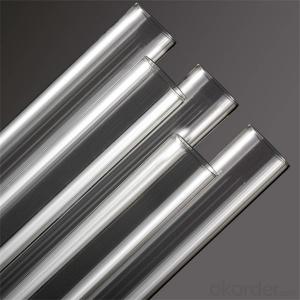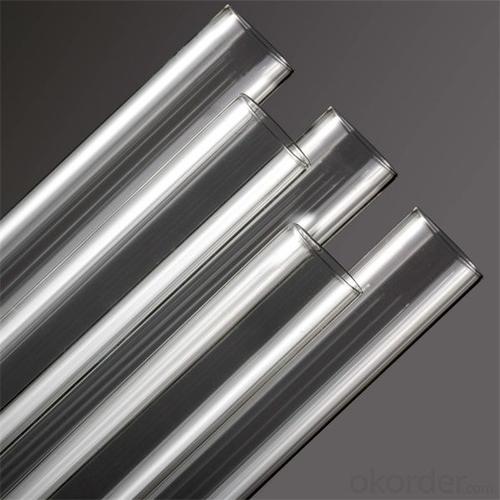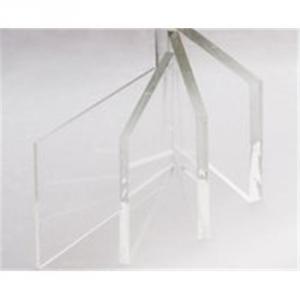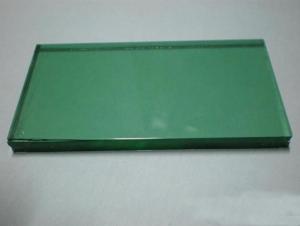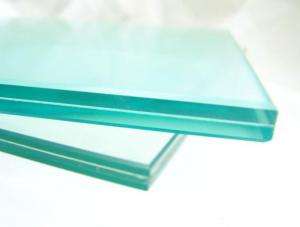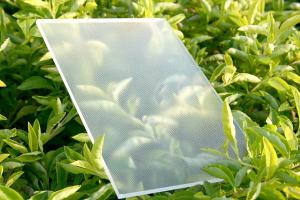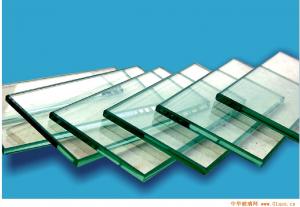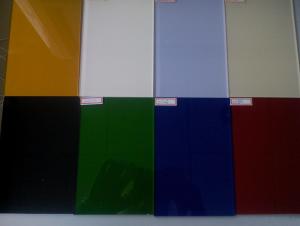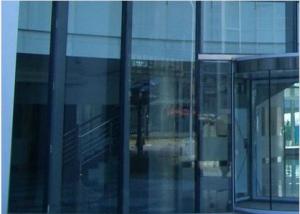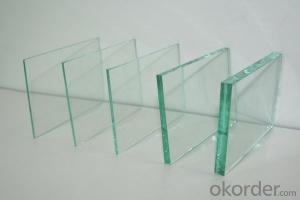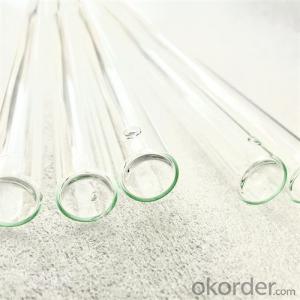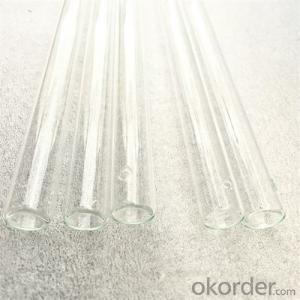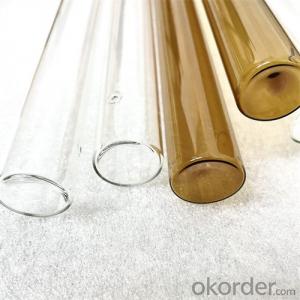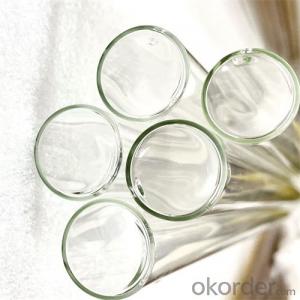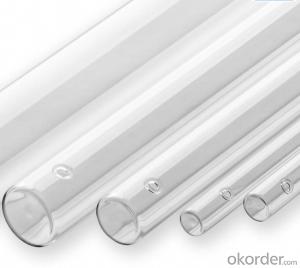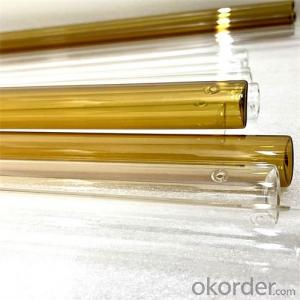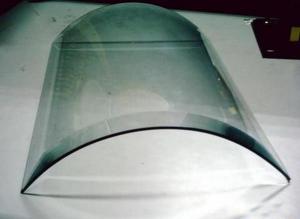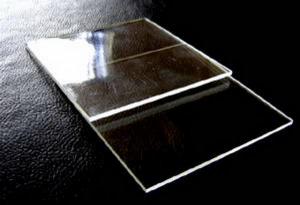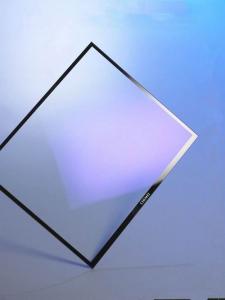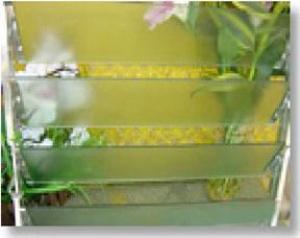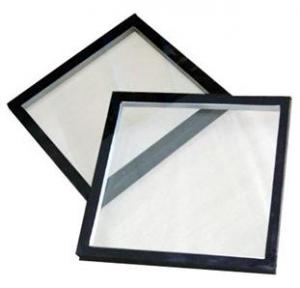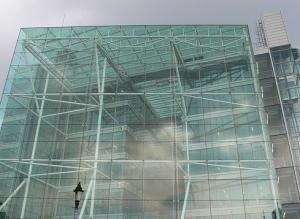Neutral Borosilicate Glass Tubing for Syringe, Cartridge Tubing, Ampoules Tubing, Vials Tubing
- Supplier:
 Triumph Junheng Co.,Ltd
Triumph Junheng Co.,Ltd
- Loading Port:
- Tianjin
- Payment Terms:
- TT OR LC
- Min Order Qty:
- 3 T
- Supply Capability:
- 1000000000 T/month
OKorder Service Pledge
OKorder Financial Service
You Might Also Like
Neutral Borosilicate Glass Tubing for Syringe, Cartridge Tubing, Ampoules Tubing, Vials Tubing
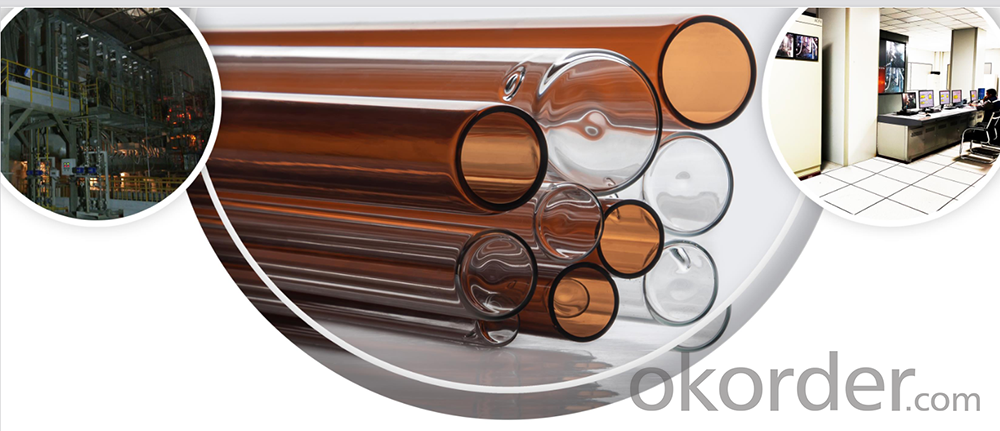
Tubing For Syringe
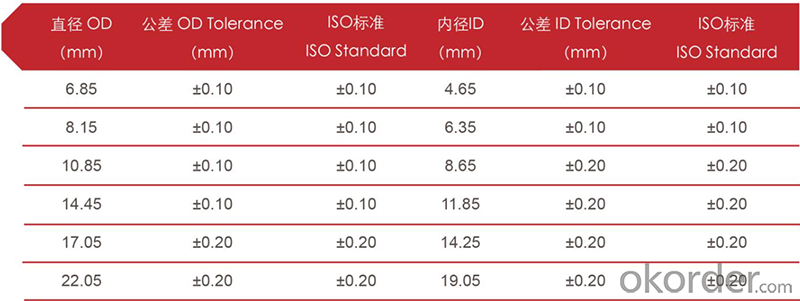
Cartridge Tubing
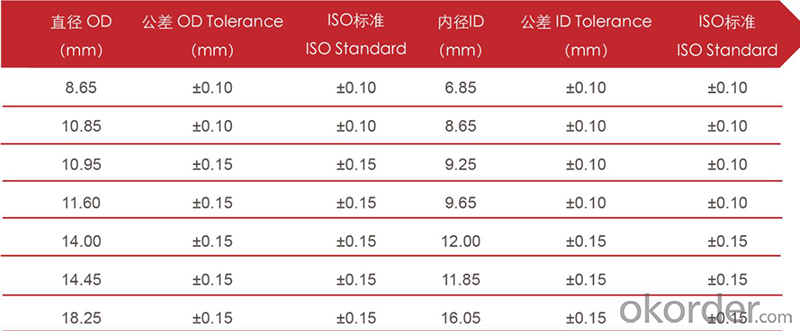
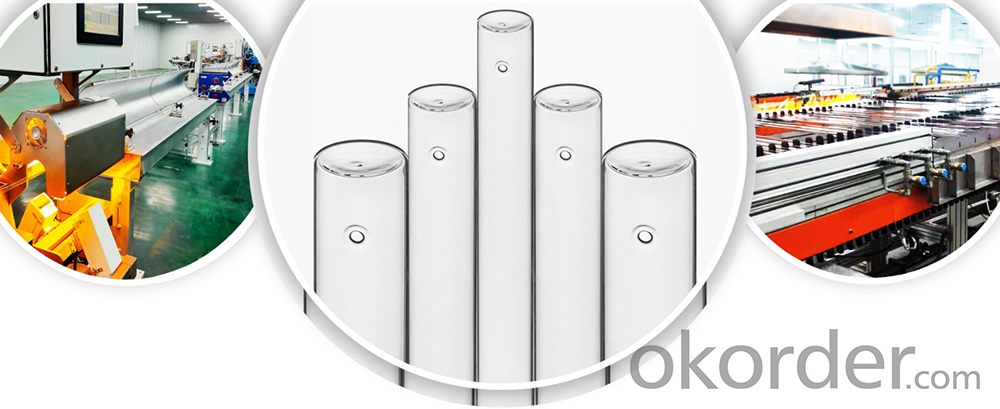
Ampoules Tubing

Vial Tubing

Nationwide Seven Production Bases to Meet the Customers' needTriumph Junheng Co.,(hereinafter referred to as "Triumph Junheng") is a state-owned andprivate mixed ownership enterprise, Triumph Group of CNBM is the controlling shareholder.It ismainly engaged in the research and development, producing and sales of neutral Borosilicateglass tubing(hereinafter referred to as "Neutral Borosilicate glass tubing") and convertingtubular glass products. It has seven production bases located in Handan, Qingdao, Chongqing,Puyang, Anyang, Nanchang and Zhenjiang, which are expected to produce totally 170,000 tons of glass tubing and 136,000 tons of tubular glass container when they are reach full capacity. It is the first high-tech company which realizes stable mass production of high-quality Neutral borosilicate glass tubing with its "oxygen combustion + electric boosting"melting and Danner Tubing drawing technical process in China. It has leading R&D capabilities in the domestic pharmaceutical glass packaging industry, and can provide professional and personalized solutions of pharmaceutical glass packaging materials for materials for tubular glass converting and pharmaceutical companies.
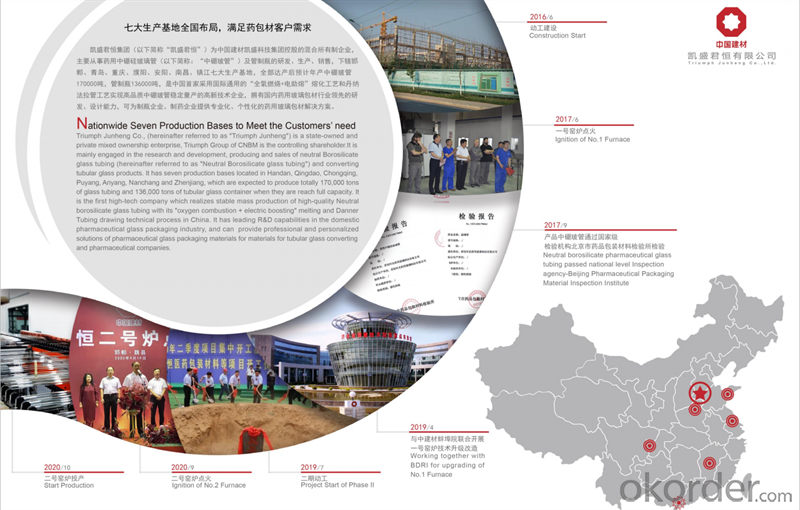
Triumph Junheng builds a comprehensive research and development center for pharmaceutical neutral borosilicate glass in accordance with CNAS certification specifications. Continuously improve the level of laboratory quality management, minimize product quality risks, and meet the requirements of customers and regulations for the authenticity and reliability of testing/calibration to the greatest extent. The R&D center has a team with 30 people, covering various key technical fields such as raw materials analyzing, batching, melting, forming,and post-processing. The center has a building area of 800 square meters and consists of a precision instrument room, a physics laboratory, a chemical laboratory, a balance room, and a high temperature laboratory., Reagent room, equipped with 30 sets(sets)of R&D equipment such as atomic absorption spectrometer, expansion coefficient meter, and electron microscope. The R&D
center focuses on new technologies, intelligence, low energy consumption, localization and standardization, and actively undertakes national and local R&D projects to continuously achieve new technological breakthroughs.
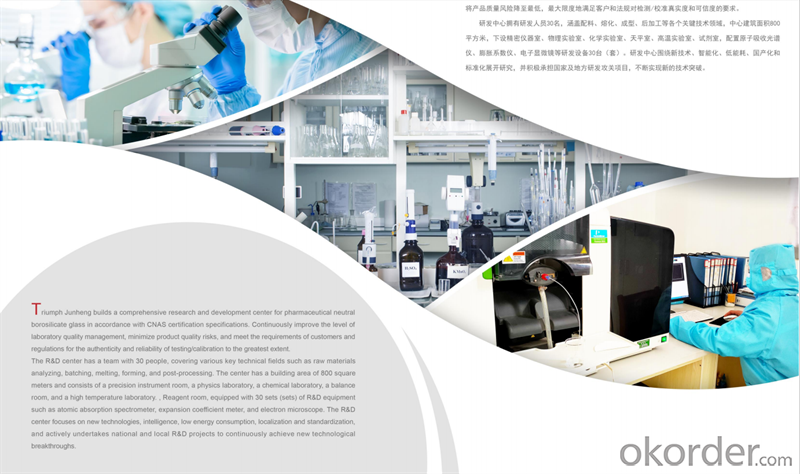
Companys proucts have passed the Qulity inspection and Testing conducted by the national authoritative inspection agencies: Beijing Pharmaceutical Packaging Materials Inspection Institute and International Third Party Testing Agency-SGS. The product quality is fully in line with EP (European Pharmacopoeia), USP United States Pharmacopoeia),JP (Japanese Pharmacopoeia),According to the standard requirements of ISO12775 and the standard of "Neutral Borosilicate Glass Tubing" with Code YBB0012005-2-2015 approved by The National Food and Drug Administration. The expansion coefficient, boron content and hydrolitic resistance of products all have reached the international advanced level.
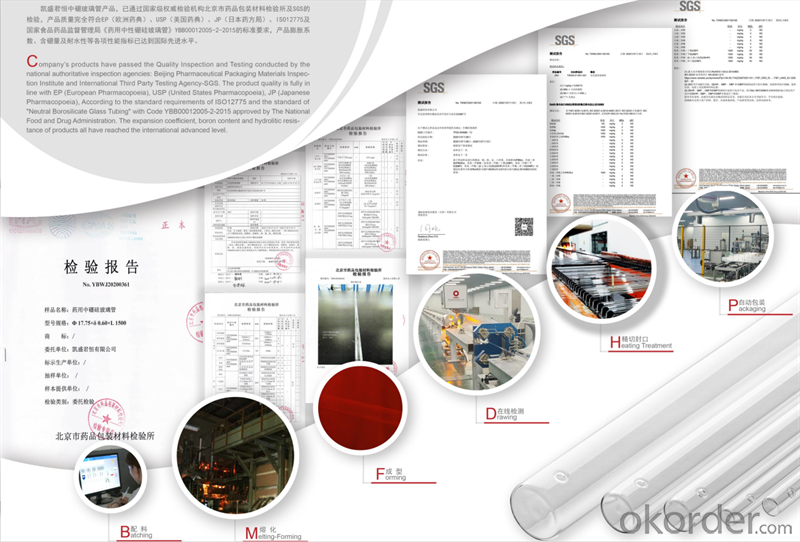
Quality Inspection
The international advanced automatic online inspection system has been adopted in the production line, which can automatically eliminate unqualified products with defects of dimension and cosmetic and unaligned ends treatment.
Automatic Packaging System
The automatic packaging system can complete the work of heat-shrinking into bundles and stacking into trays, effectively avoiding cosmetic defects such as scratches and impacting caused
by manual operation, ensuring the fastening of each bundle of products and the neatness of each tray.
- Q: Which glass factory has good glass?
- Fireproof glass, bullet proof glass, gold mirror, Chajing, black mirror, mirror gray, blue mirror... Is the original piece of glass processing, if the original piece of glass (raw material) of the old good to see the unit of processing technology.
- Q: The main chemical constituents of ordinary glass
- In the process of making glass, if you add some metal oxides, can also be made of colored glass. For example, adding Co2O3 (cobalt oxide) after the glass is blue, after joining the Cu2O glass is red. We see the ordinary glass, generally pale green, this is because the raw material is mixed with two valent iron for the sake of.There are many kinds of glass. Besides the ordinary glass introduced above, there are some other kinds of glass, such as quartz glass, optical glass, and so on
- Q: What is the raw material of glass made of?
- The glass raw materials used for the natural ore, so the manufacture of glass, first of all to all kinds of ore crushing, processing into powder, then according to the glass component, made with the material into the glass melting furnace for melting glass forming liquid. Qualified glass flows through the feed tank and flows out of the feed port to form the stock. The temperature of the stock is 1150~1170 degrees centigrade and the alkali free glass is 1200~1220 degrees centigrade. The material shares every minute near '200 times cut into ball billet. The billet passes through the chute, the ball distributor and the ball plate, and then rolls into different funnels respectively, then falls into a groove formed by three rollers with the same rotating direction. When the ball is rotated on the roller and its surface tension, the ball glass is formed gradually. Its diameter is determined by the thickness, velocity, and shear velocity of the glass stream.
- Q: Is the production of glass materials as thin as possible? Why?
- Glass production is very strict to the granularity of various raw materials, and there is a usable range. Generally, refractory materials are finer, such as sand and feldspar. Some of them are coarse, such as dolomite and limestone. However, the most taboo is "superfine powder""!
- Q: What kind of raw material is glass made of?
- Composition of common glass chemical oxides (Na2O, CaO, 6SiO2)Glass is usually divided into oxide, glass, and non oxide glass by major components. Non oxide glass varieties and a small number, mainly sulfur glass and halide glass. Chalcogenide glass anion for sulfur, selenium and tellurium, can stop short wave light by yellow, red, and near infrared light, which has low resistance, switching and memory characteristics. Having low refractive index, low dispersion, and often used as optical glass.
- Q: What is a hollow glass?
- Hollow glass is composed of two or more pieces of glass, the glass by the internal filling the hollow aluminum isolation desiccant, and the hollow part filled with dry air or inert gas, and sealed with butyl rubber, polysulfide rubber or plastic structure, forming a dry space glass.
- Q: What's the price of 0.85mm thick plexiglass, please?
- Joint venture material is better, about 600 or so, I personally think that the choice of joint venture board is still ideal.
- Q: The preparation process of glass and the basic material and the function of raw materials
- Silica sand, quartz sand or sandstone with SiO2 framework structure for glass, glass forming;The role of soda to help melting sand;
- Q: What is inorganic glass?Want to be a fish tank, where can I find inorganic glass?
- Inorganic glass is quartz (SiO2) glass. Its toughness and strength are better than that of organic glass, but inorganic glass has good corrosion resistance and high temperature resistance. It is superior to plexiglass
- Q: Will toughened glass break naturally?
- This is because of containing nickel sulfide crystal glass raw material, manufacturing technology in the world is any existing can not be completely avoided, only reduce the exploding probability through control of the purity of raw materials and processing technology to a.
Send your message to us
Neutral Borosilicate Glass Tubing for Syringe, Cartridge Tubing, Ampoules Tubing, Vials Tubing
- Supplier:
 Triumph Junheng Co.,Ltd
Triumph Junheng Co.,Ltd
- Loading Port:
- Tianjin
- Payment Terms:
- TT OR LC
- Min Order Qty:
- 3 T
- Supply Capability:
- 1000000000 T/month
OKorder Service Pledge
OKorder Financial Service
Similar products
Hot products
Hot Searches
Related keywords
